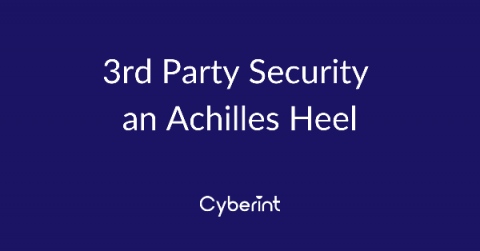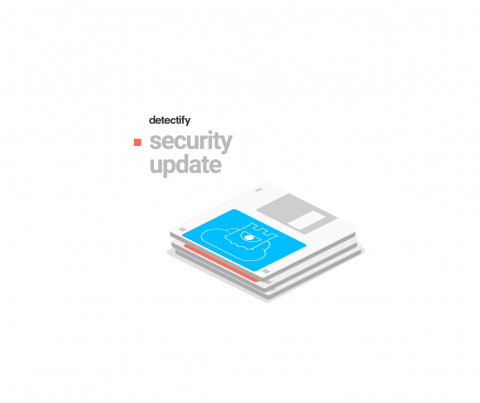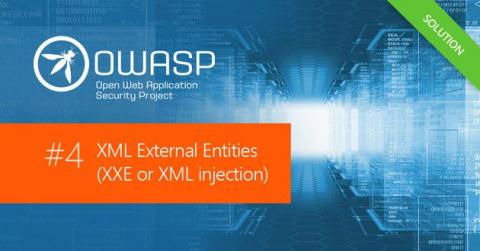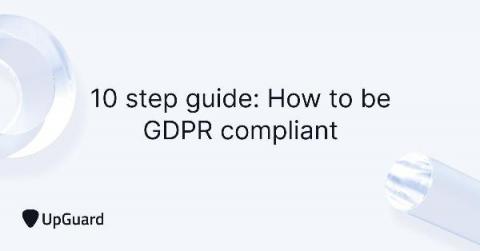How to cyber security: Containerizing fuzzing targets
Fuzzing can be dangerous. After all, you’re trying to break things. In fuzzing, you deliver deliberately malformed inputs to software to see if the software fails. If it does, you’ve located a vulnerability and can go back to the code and fix it. It’s an excellent, proactive method for software development organizations to fix security weaknesses. And it should be no surprise that fuzzing is also the preferred method for attackers who want to locate zero-day vulnerabilities.










